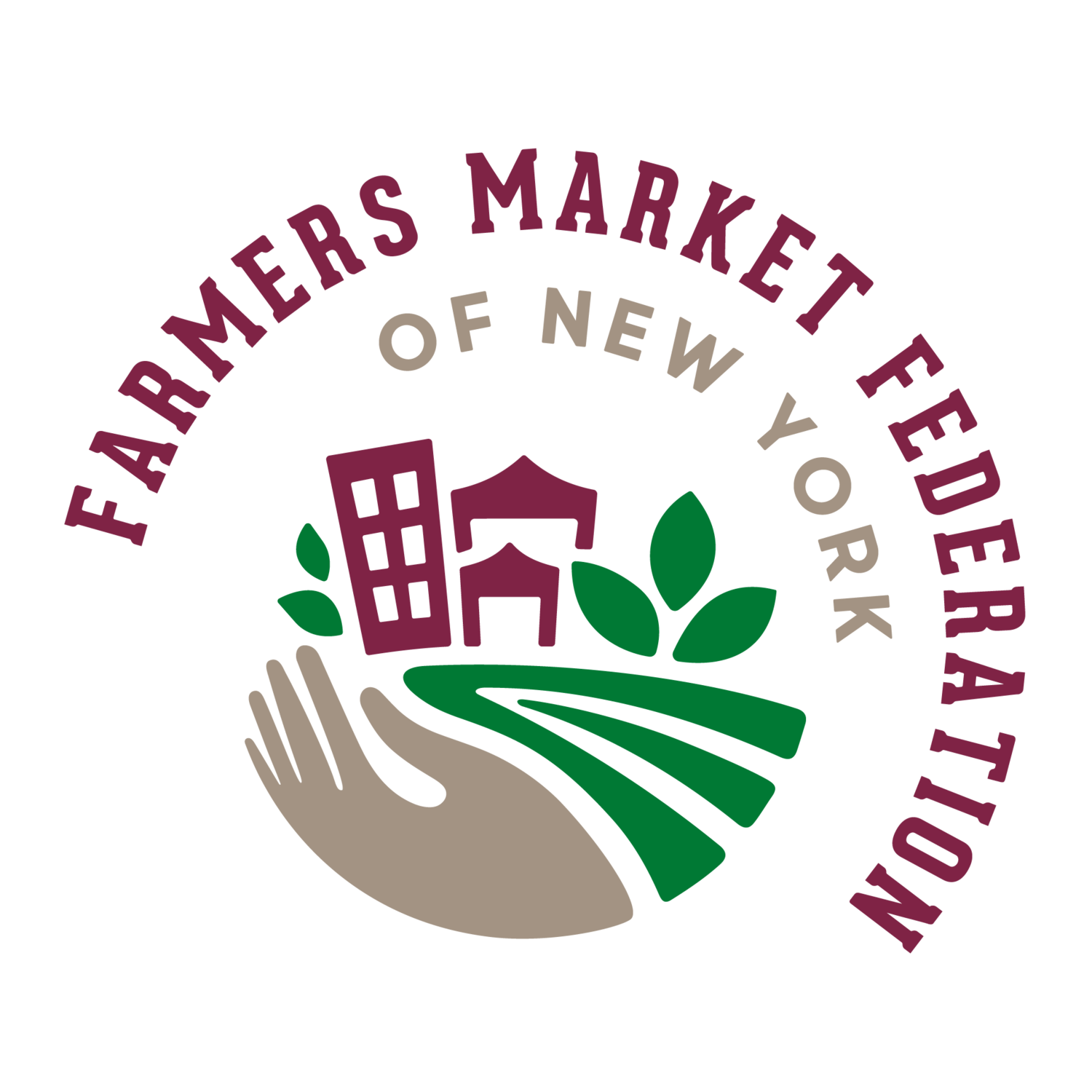Scoping out what shape or form your winter farmers market could take this season adhering to COVID safety guidelines? Many good questions to consider, planning and design ideas were shared by our panel of market managers and participants during our September 3rd open forum. Here is a summary of what was discussed:
Please note that NYSDAM, at this time, does not foresee releasing any updates to the guidance for markets operating indoors in the winter. Instead markets are to follow current guidelines for the phases we are in within each region.
Surveying customers/vendors to find out what they prefer for their winter market.
Laura Crimmins of Kingston Farmers’ Market shared that they sent out a short survey to help get started with planning. The result was that a majority of customers/vendors wanted an in-person market, but would still want the ability to shop their market no matter how it was offered: online only with curbside pickup, stay outdoors (notify if snow cancellation, otherwise dress for the cold!) indoor market or hybrid model: keep online ordering capability AND have in person shopping when possible. Finding out what your market community would like to see in a winter market by way of a few question survey or just talking to customers could be a good start to formulating a plan.
Questions/aspects to consider when moving your market to an indoor location:
Will the space accommodate vendors/farmers at the recommended 10 ft apart allowing enough room for customers to shop safely at a 6ft social distance?
Rule of thumb for measuring capacity for people able to properly social distance in a market space is allowing 10x10 ft per person. This becomes even more relevant for promoting safety in an indoor market space.
How do you choose which vendors/farmers to include if your indoor space can’t fit them all? This is tricky. Steve Ridler of Troy Waterfront Farmers Market is first finding out which of his 80 vendors would like to participate in an indoor in-person market, then looking for a space that has ample capacity. For his large market he is looking at a closed supermarket space, gyms, warehouse, etc. The overall recommendation from market managers was to ask vendors what their preferences may be for this winter. Some may want to do business online only through the winter for reasons of logistics, health concerns indoors, limited inventory, etc.
Market Flow: Does the space have a separate entrance and exit to avoid crowding at one doorway? Also, having customers moving in one direction around the market could also help avoid bottle necks.
Crowd Control: How do you limit customers entering the market without having to make them wait in a line outside in the winter weather?
Allow for a space indoors and heated where people can wait to enter, mark the floor for spots that are 6 ft apart. That could also be a spot to post a menu of what vendor goods are available that day, so that people can know ahead what they will choose and move quickly through.
The Signup Genius app was used by some markets when they first opened in early Spring to help avoid crowding and could be brought back as a method to space out customer attendance.
Special times designated for certain groups could be established. For example, an early morning shift for the elderly and the immunocompromised, certain shopping times reserved for veterans or frontline health workers. It would have to be on the honor system as Steve pointed out, but his market established this when first opening in Spring and customers were appreciative.
Enforce to the greatest extent the ‘one per household allowed to shop’ rule.
Entertainment: Brenda Ryan of Down to Earth Markets suggested a DJ or piped in background music may have to suffice at her market this winter. Musicians or low-key entertainment take up space for shoppers and may encourage patrons crowding around or staying too long in the market.
Sanitation, air quality and heating:
Added janitorial service may be needed to keep the space sanitized and cleaned. This is especially a concern if the space is used by other groups during the week.
Investing in an air filtering system may be necessary as is required by some area indoor businesses according to local health department regulations.
Space heaters – there are certain safety regulations that must be adhered to for their use indoors.*
Online Shopping
Brenda R. commented that online shopping is likely more viable for markets in winter
Farmers/vendors are better able to manager their inventory when receiving preorders.
Customers can preorder and walk quickly through to vendors for pick up their goods.
However, there could be added costs and labor issues – would customer level justify providing this method of shopping.
Remaining an Outdoor market
Consider staying outdoors as long as you possibly can! On the calendar “Winter” doesn’t begin until 12/21. Can you trick your customers into thinking your summer/fall market is just stretching out a bit? (this will likely work better for downstate markets which may not be covered in snow by November….)
As mentioned above, online ordering can be utilized: customers preorder and can pick up curbside at a pickup spot set up by the market or they can move quickly through vendor tables to pick up individual orders.
Make sure space heaters and salamander heaters are to safety standards*
Contact tracing
DOH is not as concerned about shoppers in an outdoor open-air market where there’s less of a health concern for disease spread.
Down to Earth markets keep records of staffing, not customers. Name/Address/DOB is kept of staff and they do Health checks on them each day. (This is part of their market’s safety plan that markets are required to have on the premises)
Markets/Vendors have found it’s difficult to have customers fill out their info – too many people and not enough pens or ability to sanitize used pens.
Signup Genius could be utilized for customer tracing.
